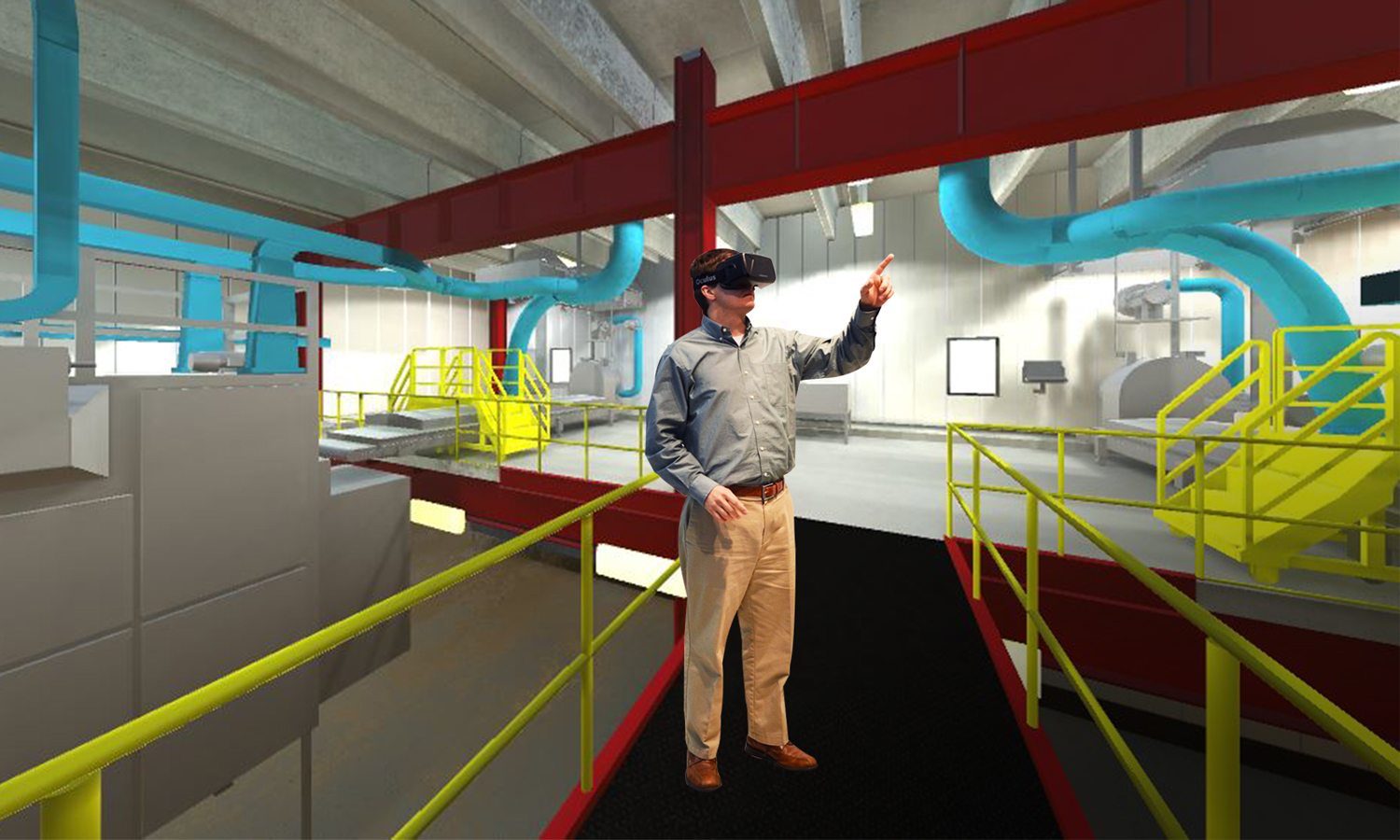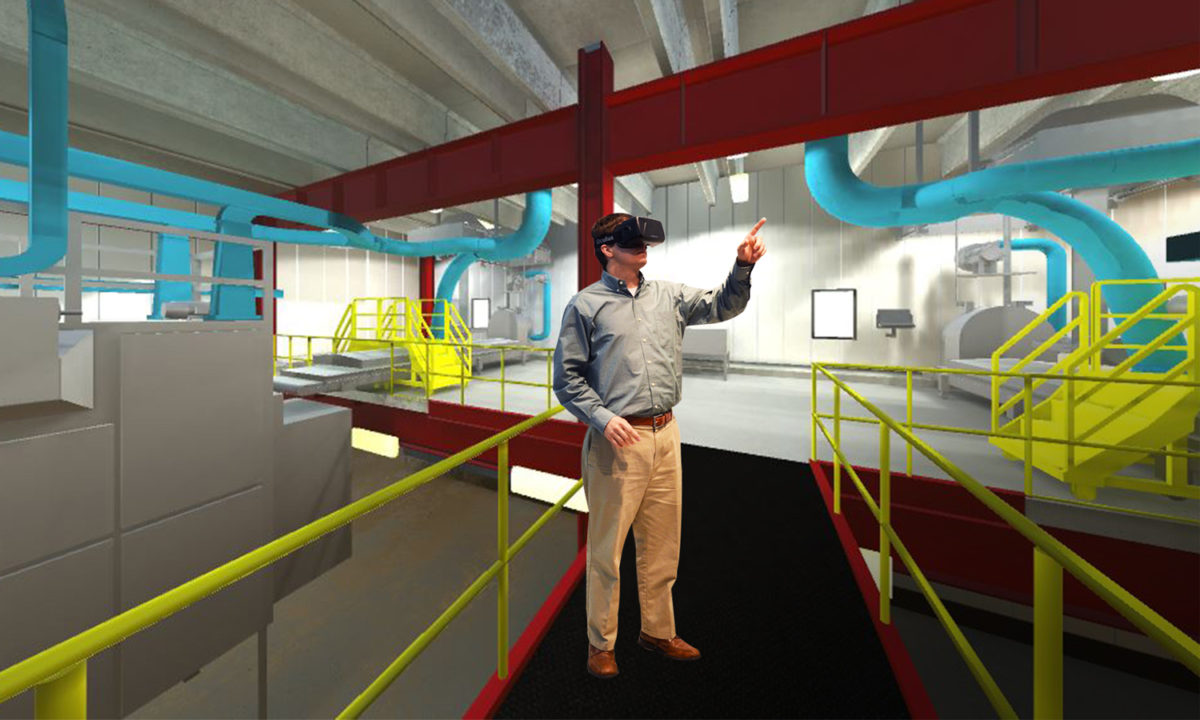Intorduction
Plant Engineering concerns with the design, construction, modification, and maintenance of equipment and machinery used in an industrial plant. The plant engineers need to perform tasks, such as management of layout designs, planning, and installation of equipment, inspection, and review of plant layout to ensure compliance with quality standards. Thus, Plant Engineering is vital for carrying out smooth operations across any plant.
The onset of Virtual Reality technology in Plant Engineering has transformed the face of industrial planning. The great potential of VR technology has enabled engineering processes to give optimum results. Using virtual reality makes processes like layout and plant planning viable to practice in cases of complex and technically demanding plants.
Importance of Plant Engineering Review
As manufacturing is growing more complex, the need to find and fix errors at an early stage is becoming crucial. Hence, Plant Engineering review is necessary for risk mitigation, workplace safety, and detailed planning. For example, while preparing a plant layout, a review is supposed to eliminate errors like collisions of components or neighboring machines. This is where VR steps in, which allows you an immersive view of full-scale 3D plant layout and stimulation of its operations.
Not only virtual space helps speed up the review process but also paves the way for alternative possibilities.
VR for Real-time Reviews in Virtual Space
The modern virtual reality tools serve the Plant Engineering review process via its three key features.
- Collaboration: The VR tools coupled with VR headsets and necessary hardware make remote collaboration possible between plant engineers across different locations and companies. The multilayer mode delivers voice chat and shared immersive experience, bringing together a diverse range of knowledge and skills into a single interactive VR environment.
This communication within the team in virtual space leads to a more efficient and safer plant layout. During the design and planning stage, the engineers can arrange walk-throughs for different site-based delivery, assembly, and maintenance activities with other stakeholders. This allows the entire team to interact with actual 3D models in real-time, ensuring the stability of the concept.
- Integration: The VR technology also offers the capability to integrate with your 3D models, BIM (Building Information Modeling) information, and photogrammetry meshes. The existing 3D workflows can be integrated to determine the impact of design on various operations. This adds value to the review gateways by enabling the engineers to mitigate risks ahead of time. This integrated approach to VR-powered review is scalable and adaptable. It helps deliver a plant layout that is secure and agile through advanced analytics and machine learning.
- Optimization: A real-time plant layout review in an immersive environment enables the planning of an optimum design. The 3D plant tours make it possible to continually inspect and improve the designs. The VR tools use human-centric data to explore and simulate operation sequences and their estimated timelines.
Further, optimal results can be achieved through modifications supported by VR technology. For example, escape route planning and planning of operating platforms and access ways for maintenance staff in cases of heavy equipment.
Benefits
- Reduced time to market
- Team collaboration regardless of location
- Saving costs related to mockups, prototypes, and travel
- Efficient coordination
- Optimized internal procedures
- Improved ergonomics and risk assessment
Conclusion
The visualization of 3D models drives the VR technology, based on which the plant engineers can review the layouts. This means that its communicative and integrative abilities are crucial in decisions that are to be taken at an early stage for mitigating risks. Considering the great potential of VR in Plant Engineering, companies should start investing in industry-leading software and hardware for the adoption of VR.


